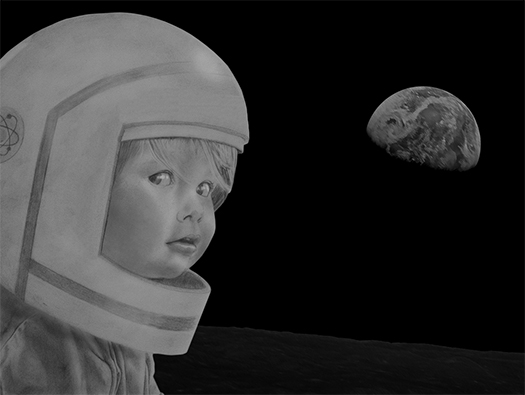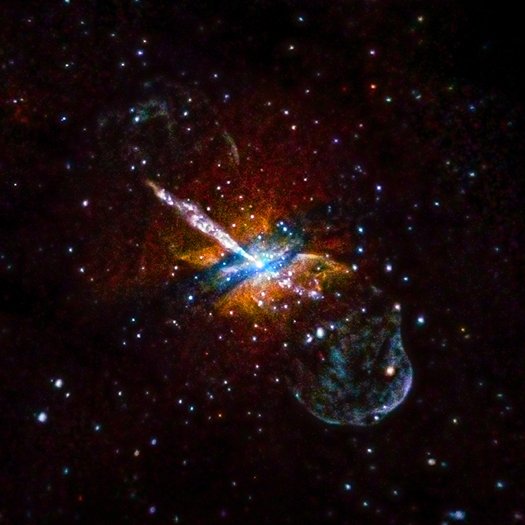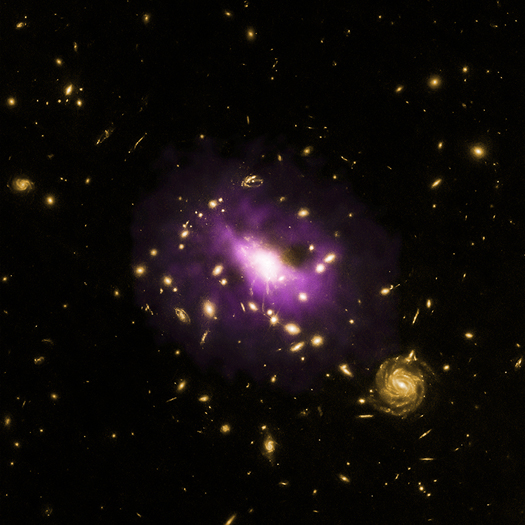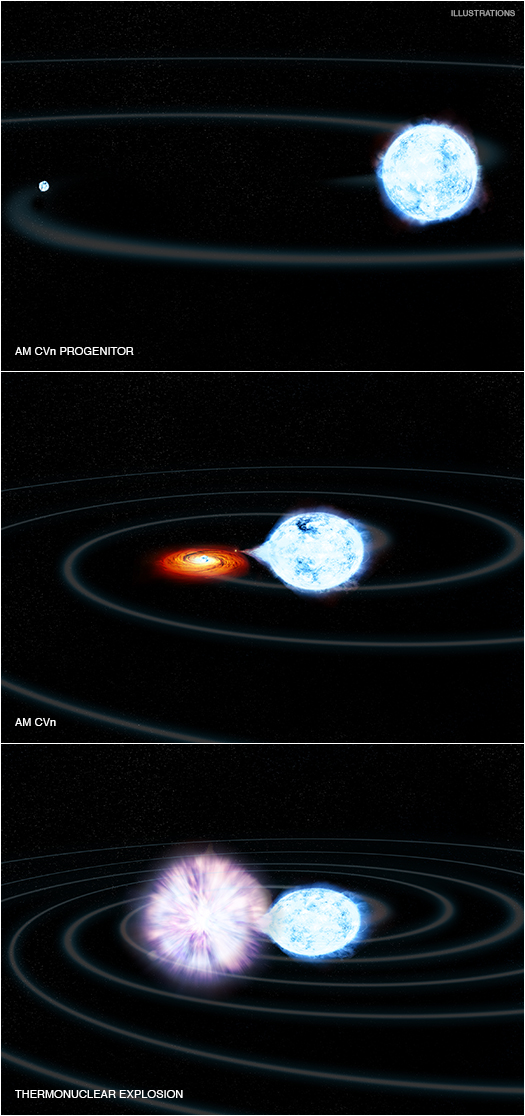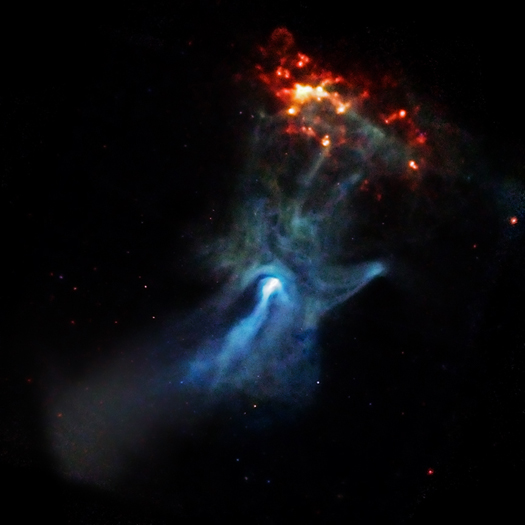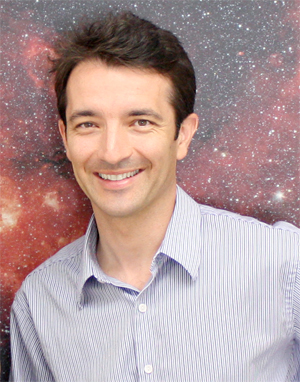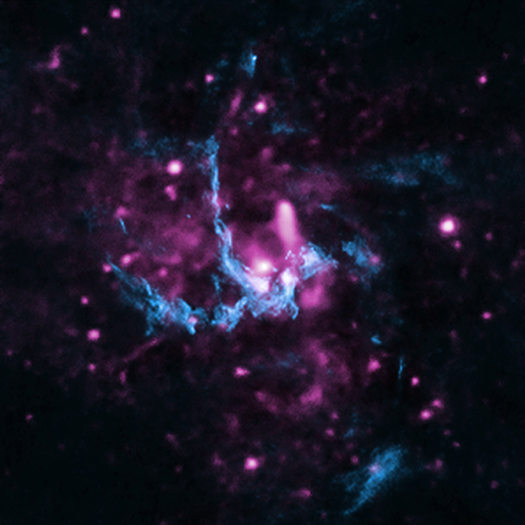The Art of Astrophysics
Submitted by chandra on Thu, 2014-02-06 10:09Recently, a group at MIT's Kavli Institute held a contest called "The Art of Astrophysics". Just this week, they announced the winners. Here's an excerpt of an email from the organizers:
